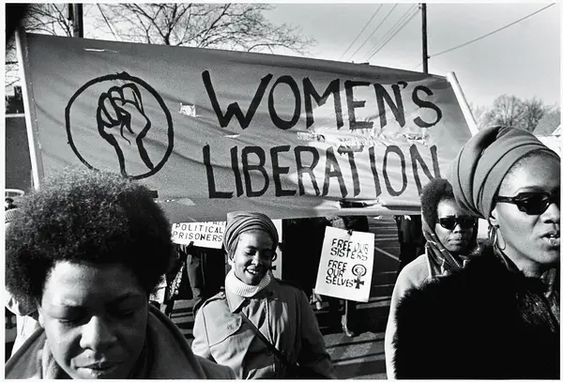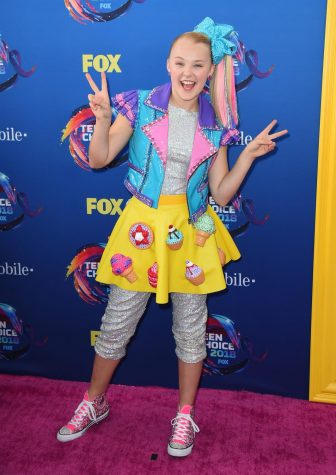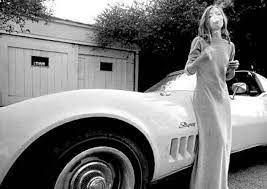Women’s History Month: Include race in feminism

Photo courtesy of Pinterest
For many years the conversation was dominated by white feminism. This oversimplified, raceless, gender-first feminism has been the forefront ideology of the social and political movement for women’s rights. White feminism presents the idea that feminism is synonymous to gender-equality, only focusing on differences between men and women.
Intersectionality wars, the term, coined by lawyer and civil rights advocate Kimberlé Crenshaw in 1989, describes how a person’s social and political identities together create overlapping and co-dependent forms of discrimination and disadvantage. White feminism overlooks these inequalities amongst women. By developing a deeper understanding of the interconnected nature of oppression –including race, gender, class, sexuality, disability, religion –we become more aware and empathetic to the struggles of those around us and we eliminate the risk of exclusion from social action. We acknowledge the complexity of each individual’s experience and the complexity of the prejudice they face.
The erasure of racial differences in feminism perpetuates the notion that race-based issues are unimportant to acknowledge or solve. White feminism shapes feminism to be a movement purely about gender. As author bell hooks says “We knew that there could be no real sisterhood between white women and women of color if white women were not able to divest of white supremacy, if [the] feminist movement were not fundamentally anti-racist.”
Feminism is not just a fight for gender equality, nor a fight just between men and women. Feminism is a fight for every oppressed woman. Women who are not only oppressed by their gender but any other distinction such as race and class. Writer Audre Lorde said in The Uses of Anger: Women Responding to Racism “I am not free while any woman is unfree, even when her shackles are very different from my own. And I am not free as long as one person of Color remains chained. Nor is anyone of you.”












